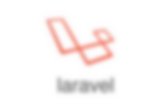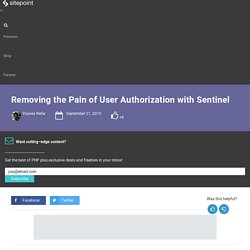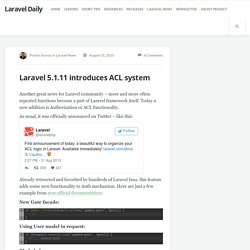

Removing the Pain of User Authorization with Sentinel. Most non-basic multi-user applications need some roles and permission levels.

If you ever used WordPress, you must have noticed that they have a super admin, admin, editor, author, etc. Simplifying the development and integration of a permission system is what Cartalyst’s Sentinel package is trying to accomplish. The package provides an API for dealing with users, groups, permissions, etc. In this article, we’ll use it to create a small demo app. Environment Setup For our sample application in this tutorial, we will be using the Slim micro-framework and Vagrant.
Composer require slim/slim:~2.0 composer require twig/twig:~1.* composer require cartalyst/sentinel:2.0 Sentinel suggests installing Illuminate Eloquent, Illuminate Events, Symfony Http Foundation and ircmaxell password-compat so let’s add those to the project. composer require illuminate/database illuminate/events symfony/http-foundation ircmaxell/password-compat If not, you’ll have to do it manually using the following steps.
<? ACL in Laravel: Roles and Permissions. Authorization. Introduction In addition to providing authentication services out of the box, Laravel also provides a simple way to organize authorization logic and control access to resources.

There are a variety of methods and helpers to assist you in organizing your authorization logic, and we'll cover each of them in this document. Note: Authorization was added in Laravel 5.1.11, please refer to the upgrade guide before integrating these features into your application. Defining Abilities The simplest way to determine if a user may perform a given action is to define an "ability" using the Illuminate\Auth\Access\Gate class. <? Note that we did not check if the given $user is not NULL. Class Based Abilities In addition to registering Closures as authorization callbacks, you may register class methods by passing a string containing the class name and the method. $gate->define('update-post', 'Class@method'); Intercepting Authorization Checks Sometimes, you may wish to grant all abilities to a specific user. Laravel 5.0 - Middleware (Filter-style) - Matt Stauffer on Laravel, PHP, Frontend development.
Posted on October 10, 2014 | By Matt Stauffer (This is part of a series of posts on New Features in Laravel 5.0.)

If you've been following along with my previous blog posts about Laravel 5.0, you may have noticed that route filters were first moved to be their own directory and class structure, and then eventually they mysteriously disappeared. You may have even noticed that references to Middleware showed up in their place. Adding custom middleware to your Laravel app has actually been around for a while. For a great introduction to middleware, and how middleware worked in Laravel 4.1, check out Chris Fidao's HTTP Middleware in Laravel 4.1. NOTE: Filters still exist in the codebase, so you can still use them, but middleware is becoming the preferred practice and way of thinking about decorating your routes. What is middleware? Middleware is actually a little hard.
(image attribution StackPHP.com) How do I write middleware? Laravel 5.1.11 introduces ACL system - Laravel Daily. Another great news for Laravel community – more and more often repeated functions become a part of Laravel framework itself.

Today a new addition is Authorization or ACL functionality. As usual, it was officially announced on Twitter – like this: Already retweeted and favorited by hundreds of Laravel fans, this feature adds some new functionality to Auth mechanism. Here are just a few example from new official documentation: New Gate facade: if (Gate::forUser($user)->allows('update-post', $post)) { // } Using User model in request: if ($request->user()->can('update-post', $post)) { // ... Blade helpers: @can('update-post', $post) <a href="/post/{{ $post->id }}/edit">Edit Post</a> @endcan Form Request classes – in method authorize(): return Gate::allows('update', Post::findOrFail($postId)); Wrapping rules into Policy classes: Artisan command: php artisan make:policy PostPolicy.
Laravel – 5.0 ACL Using Middleware.